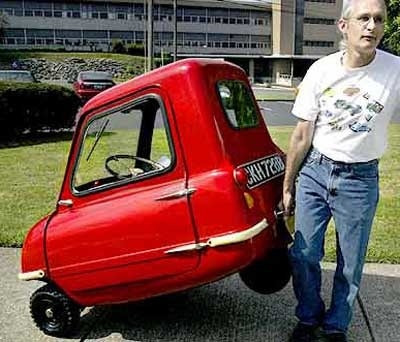
Source: Norbert Aepli via Wikimedia Commons CC BY 4.0
Jinba Ittai. Literally horses and riders. In Mazda's parlance, that is Mazda's philosophy in delivering their adoring customers with an unadulterated synergy between the driver and the car. Mazda has decided to take the Jinba Ittai to the next level: by adding SKYACTIV-VEHICLE DYNAMICS to the firm's suite of SKYACTIV technologies. The first technology to appear under the SKYACTIV-VEHICLE DYNAMICS family is the G Vectoring Control (GVC), which had been recently added to the facelifted Mazda 3 and Mazda 6.
GVC is basically a software that actively communicates with the engine in response to steering input to optimise vertical loading on each tyres. It does this by either reducing or reinstating torque based on steering angle.
The idea is that by reducing torque, deceleration is induced. This initiates forward load transfer which helps in improving turn-in response when the driver begins turning the steering. This should, in theory, neutralise understeer (the car wants to go straight even after the steering has been turned).
Once the driver maintains steering mid-corner, the system reinstate torque, inducing acceleration. This transfers load to the rear which stabilises the car. Theoretically, this will make the car less prone to oversteer (the front end turns more, giving the sensation you are spinning out).
According to Mazda, neither drivers nor passengers will notice GVC at work. Mazda assures that GVC offers significant comfort to the vehicle occupants, as GVC reduces the amount of buffeting experienced by vehicle occupants. This could be due to drivers not having to make corrections directly with the pedals and steering which (I am sure you have experienced this as a passenger) will almost always spill your coffee!
Also, with GVC, Mazda assures that it will enhance straight line stability. In other words, it reduces steering correction on straight road. Most of us barely notice it, but we do constantly make slight steering adjustment to compensate for road undulation and surface imperfection. Thanks to GVC, the lack of steering correction, according to Mazda, should reduce fatigue.
As it is just a software, Mazda assures this will not add weight and complexity as this does not require the addition of extra hardware.
All in all, the newest addition to the SKYACTIV-VEHICLE DYNAMICS family may transform your Mazda into a tiny handling monster capable of making the supercars look silly around curves, or when you are barreling down the freeway. Hopefully, Mazda's tireless pursuit for enhanced Jinba Ittai will show itself in their products.









